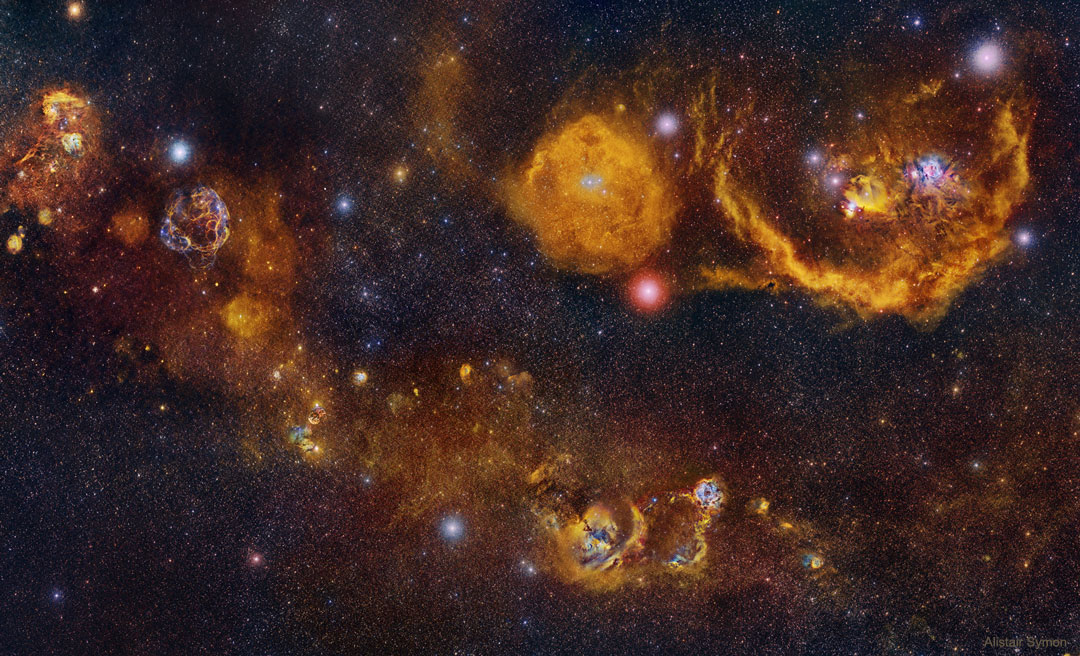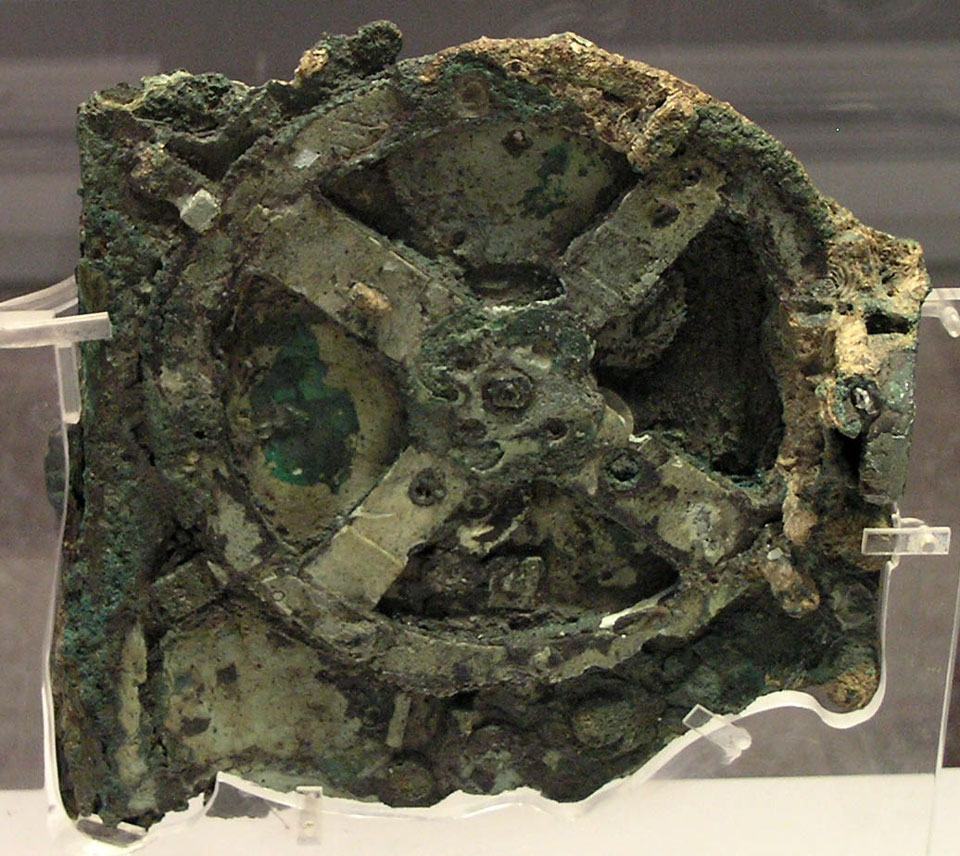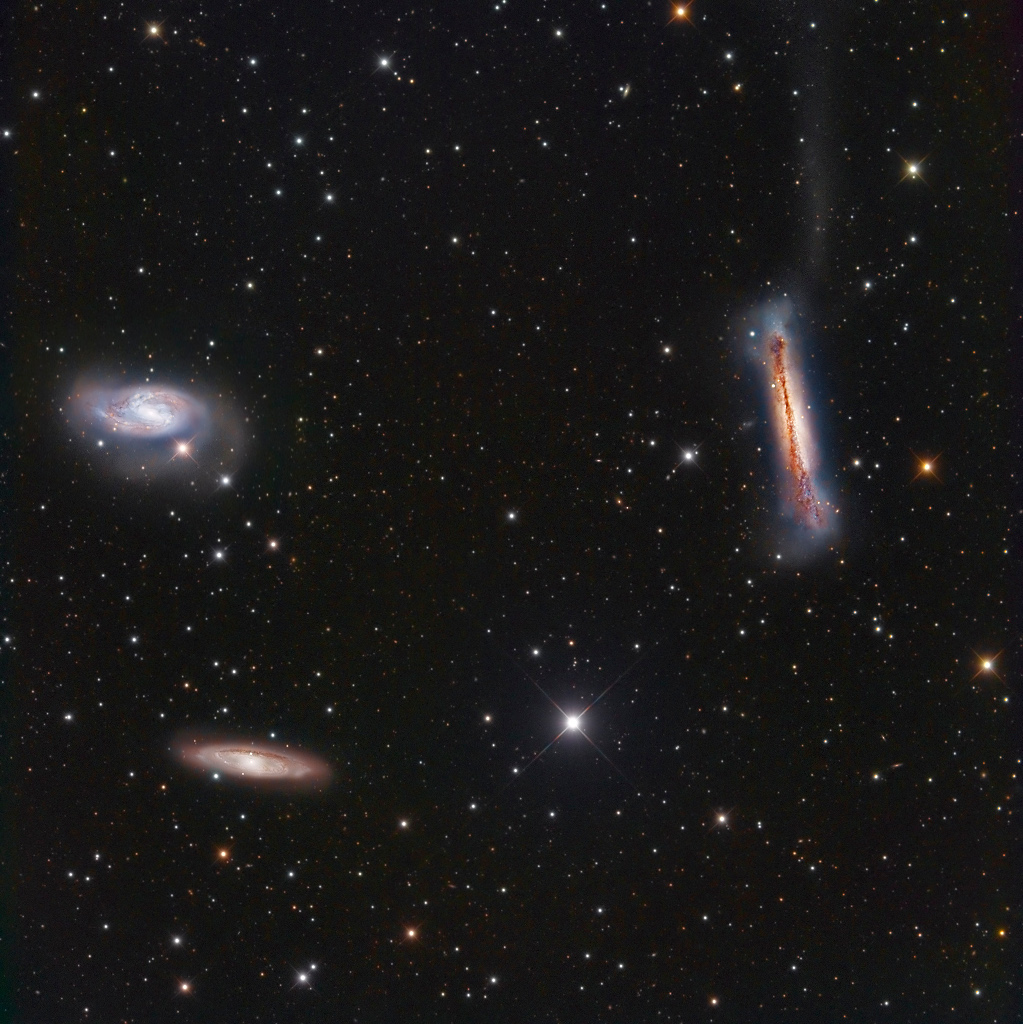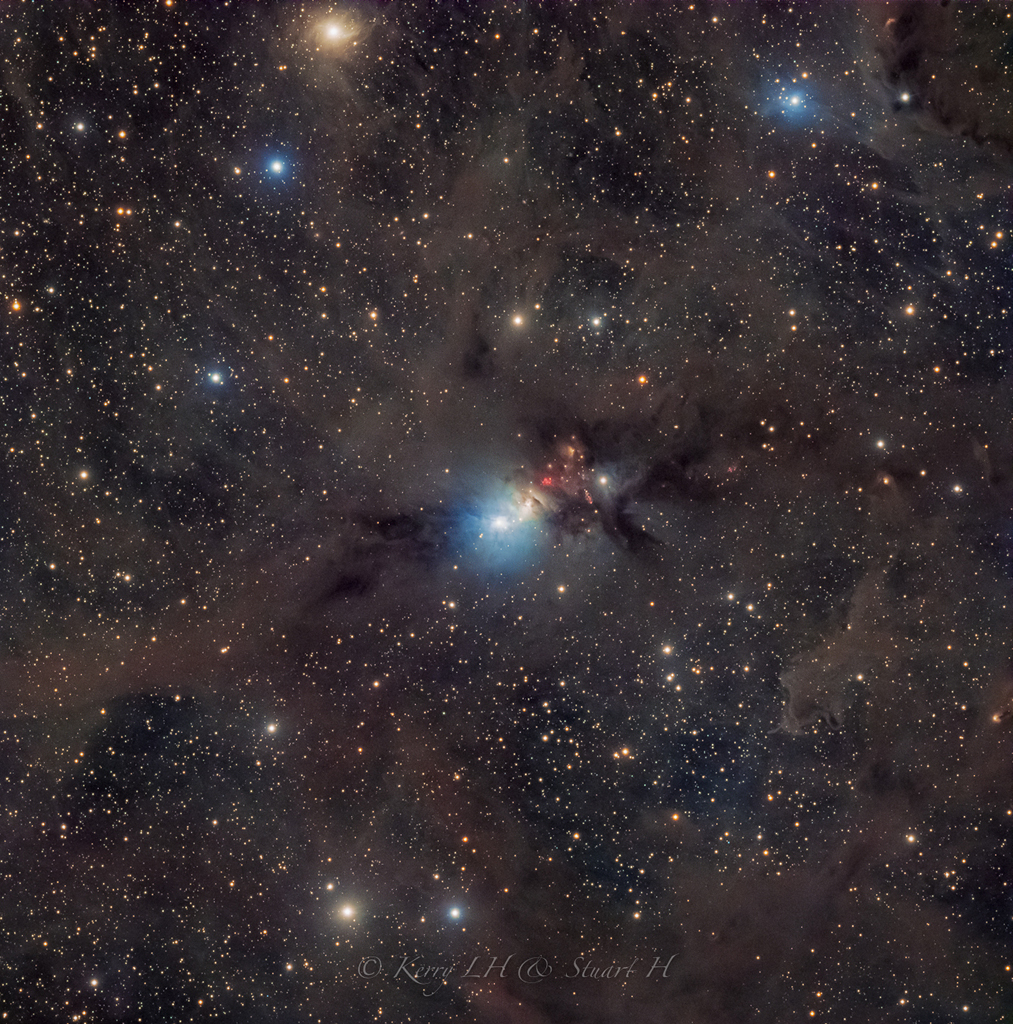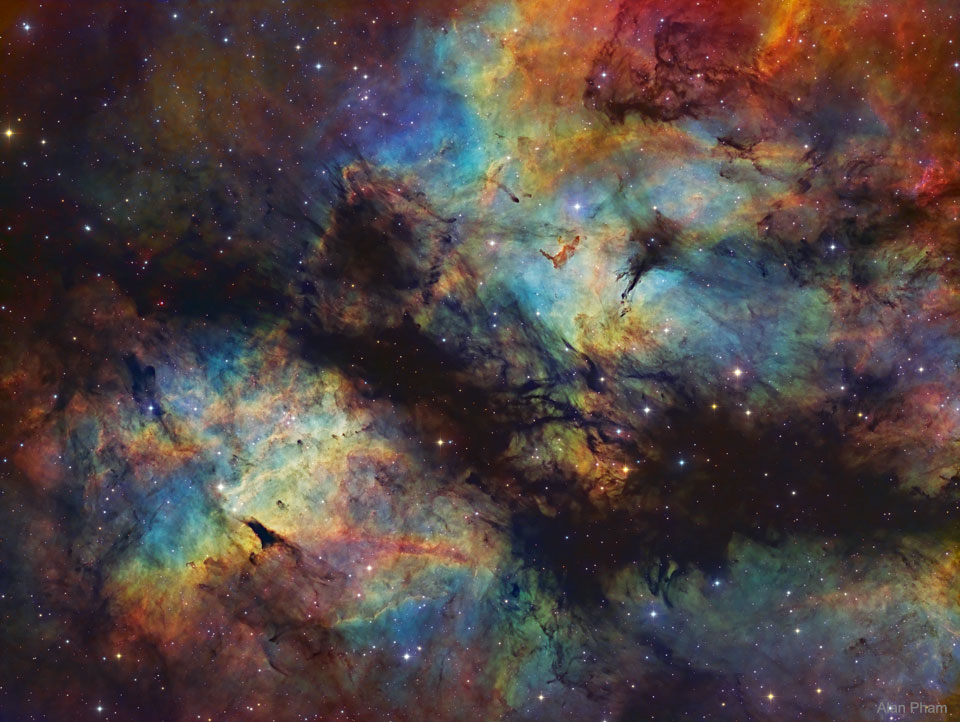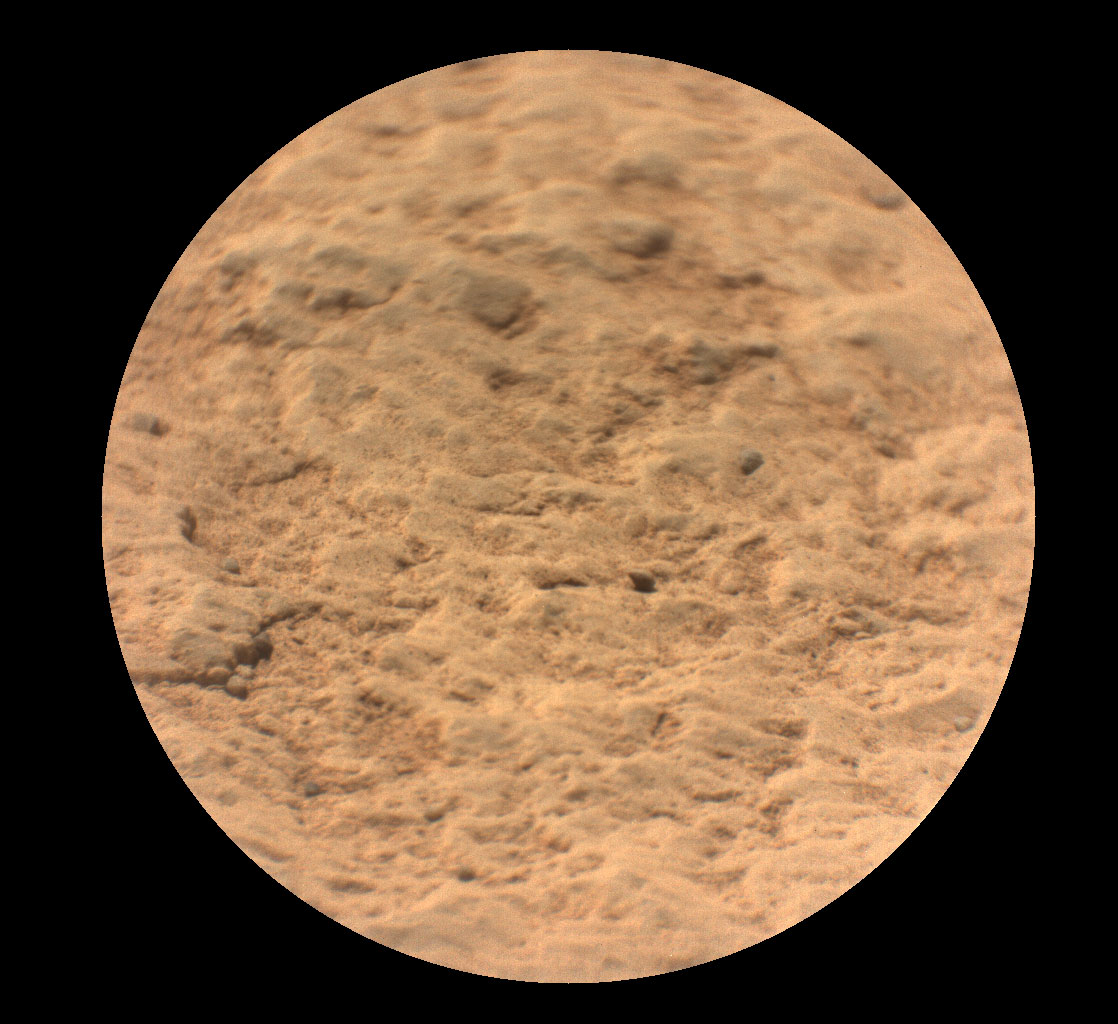Nombre total de pages vues
24/03/2021
SANTé/MéDECINE - Pourquoi l'oreille humaine ne capte pas les ultrasons ?
22/03/2021
ASTRONOMY - From Auriga to Orion
2021 March 22
Image Credit & Copyright: Alistair Symon
Explanation: What's up in the sky from Auriga to Orion? Many of the famous stars and nebulas in this region were captured on 34 separate images, taking over 430 hours of exposure, and digitally combined to reveal the featured image. Starting on the far upper left, toward the constellation of Auriga (the Chariot driver), is the picturesque Flaming Star Nebula (IC 405). Continuing down along the bright arc of our Milky Way Galaxy, from left to right crossing the constellations of the Twins and the Bull, notable appearing nebulas include the Tadpole, Simeis 147, Monkey Head, Jellyfish, Cone and Rosette nebulas. In the upper right quadrant of the image, toward the constellation of Orion (the hunter), you can see Sh2-264, the half-circle of Barnard's Loop, and the Horsehead and Orion nebulas. Famous stars in and around Orion include, from left to right, orange Betelgeuse (just right of the image center), blue Bellatrix (just above it), the Orion belt stars of Mintaka, Alnilam, and Alnitak, while bright Rigel appears on the far upper right. This stretch of sky won't be remaining up in the night very long -- it will be setting continually earlier in the evening as mid-year approaches.
21/03/2021
ASTRONOMY - The Antikythera Mechanism
2021 March 21
Image Credit & License: Marsyas, Wikipedia
Explanation: No one knew that 2,000 years ago, the technology existed to build such a device. The Antikythera mechanism, pictured, is now widely regarded as the first computer. Found at the bottom of the sea aboard a decaying Greek ship, its complexity prompted decades of study, and even today some of its functions likely remain unknown. X-ray images of the device, however, have confirmed that a main function of its numerous clock-like wheels and gears is to create a portable, hand-cranked, Earth-centered, orrery of the sky, predicting future star and planet locations as well as lunar and solar eclipses. The corroded core of the Antikythera mechanism's largest gear is featured, spanning about 13 centimeters, while the entire mechanism was 33 centimeters high, making it similar in size to a large book. Recently, modern computer modeling of missing components is allowing for the creation of a more complete replica of this surprising ancient machine.
20/03/2021
ASTRONOMY - The Leo Trio
2021 March 20
Image Credit & Copyright: Francis Bozon
Explanation: This popular group leaps into the early evening sky around the March equinox and the northern hemisphere spring. Famous as the Leo Triplet, the three magnificent galaxies found in the prominent constellation Leo gather here in one astronomical field of view. Crowd pleasers when imaged with even modest telescopes, they can be introduced individually as NGC 3628 (right), M66 (upper left), and M65 (bottom). All three are large spiral galaxies but tend to look dissimilar, because their galactic disks are tilted at different angles to our line of sight. NGC 3628, also known as the Hamburger Galaxy, is temptingly seen edge-on, with obscuring dust lanes cutting across its puffy galactic plane. The disks of M66 and M65 are both inclined enough to show off their spiral structure. Gravitational interactions between galaxies in the group have left telltale signs, including the tidal tails and warped, inflated disk of NGC 3628 and the drawn out spiral arms of M66. This gorgeous view of the region spans over 1 degree (two full moons) on the sky in a frame that covers over half a million light-years at the trio's estimated distance of 30 million light-years. Of course the spiky foreground stars lie well within our own Milky Way.
19/03/2021
ASTRONOMY - Central Lagoon in Infrared
2021 March 19
Image Credit & License: NASA, ESA, Hubble; Data Archive: MAST, Processing: Alexandra Nachman
Explanation: Stars fill this infrared view, spanning 4 light-years across the center of the Lagoon Nebula. Visible light images show the glowing gas and obscuring dust clouds that dominate the scene. But this infrared image, constructed from Hubble Space Telescope data, peers closer to the heart of the active star-forming region revealing newborn stars scattered within, against a crowded field of background stars toward the center of our Milky Way galaxy. This tumultuous stellar nursery's central regions are sculpted and energized by the massive, young Herschel 36, seen as the bright star near center in the field of view. Herschel 36 is actually a multiple system of massive stars. At over 30 times the mass of the Sun and less than 1 million years old, the most massive star in the system should live to a stellar old age of 5 million years. Compare that to the almost 5 billion year old Sun which will evolve into a red giant in only another 5 billion years or so. The Lagoon Nebula, also known as M8, lies about 4,000 light-years away within the boundaries of the constellation Sagittarius.
18/03/2021
ASTRONOMY - Stardust in the Perseus Molecular Cloud
2021 March 18
Image Credit & Copyright: Kerry-Ann Lecky Hepburn, Stuart Heggie
Explanation: Clouds of stardust drift through this deep skyscape, across the Perseus molecular cloud some 850 light-years away. Dusty nebulae reflecting light from embedded young stars stand out in the nearly 2 degree wide telescopic field of view. With a characteristic bluish color reflection nebula NGC 1333 is at center, vdB 13 at top right, with rare yellowish reflection nebula vdB 12 near the top of the frame. Stars are forming in the molecular cloud, though most are obscured at visible wavelengths by the pervasive dust. Still, hints of contrasting red emission from Herbig-Haro objects, the jets and shocked glowing gas emanating from recently formed stars, are evident in NGC 1333. The chaotic environment may be similar to one in which our own Sun formed over 4.5 billion years ago. At the estimated distance of the Perseus molecular cloud, this cosmic scene would span about 40 light-years.
PRATIQUE - Un Remède Naturel Contre la Gueule de Bois
16/03/2021
ASTRONOMY - IC 1318: The Butterfly Nebula in Gas and Dust
Image Credit & Copyright: Alan Pham
Explanation: In the constellation of the swan near the nebula of the pelican lies the gas cloud of the butterfly next to a star known as the hen. That star, given the proper name Sadr, is just to the right of the featured frame, but the central Butterfly Nebula, designated IC 1318, is shown in high resolution. The intricate patterns in the bright gas and dark dust are caused by complex interactions between interstellar winds, radiation pressures, magnetic fields, and gravity. The featured telescopic view captures IC 1318's characteristic emission from ionized sulfur, hydrogen, and oxygen atoms mapped to the red, green, and blue hues of the popular Hubble Palette. The portion of the Butterfly Nebula pictured spans about 100 light years and lies about 4000 light years away.
13/03/2021
ASTRONOMY - SuperCam Target on Ma'az
2021 March 13
Image Credit: NASA/JPL-Caltech/LANL/CNES/CNRS
Explanation: What's the sound of one laser zapping? There's no need to consult a Zen master to find out, just listen to the first acoustic recording of laser shots on Mars. On Perseverance mission sol 12 (March 2) the SuperCam instrument atop the rover's mast zapped a rock dubbed Ma'az 30 times from a range of about 3.1 meters. Its microphone recorded the soft staccato popping sounds of the rapid series of SuperCam laser zaps. Shockwaves created in the thin martian atmosphere as bits of rock are vaporized by the laser shots make the popping sounds, sounds that offer clues to the physical structure of the target. This SuperCam close-up of the Ma'az target region is 6 centimeters (2.3 inches) across. Ma'az means Mars in the Navajo language.
ASTRONOMY - A Cool GIF of a 2025 Perseid
2025 August 16 A Cool GIF of a 2025 Perseid Image Credit & Copyright : Renaud & Olivier Coppe Explanation: The camera battery d...

-
2022 September 26 All the Water on Planet Earth Illustration Credit: Jack Cook, Adam Nieman, Woods Hole Oceanographic Institution ; Data ...
-
2025 January 14 North Star: Polaris and Surrounding Dust Image Credit & Copyright: Davide Coverta Explanation: Why is Polaris called ...

